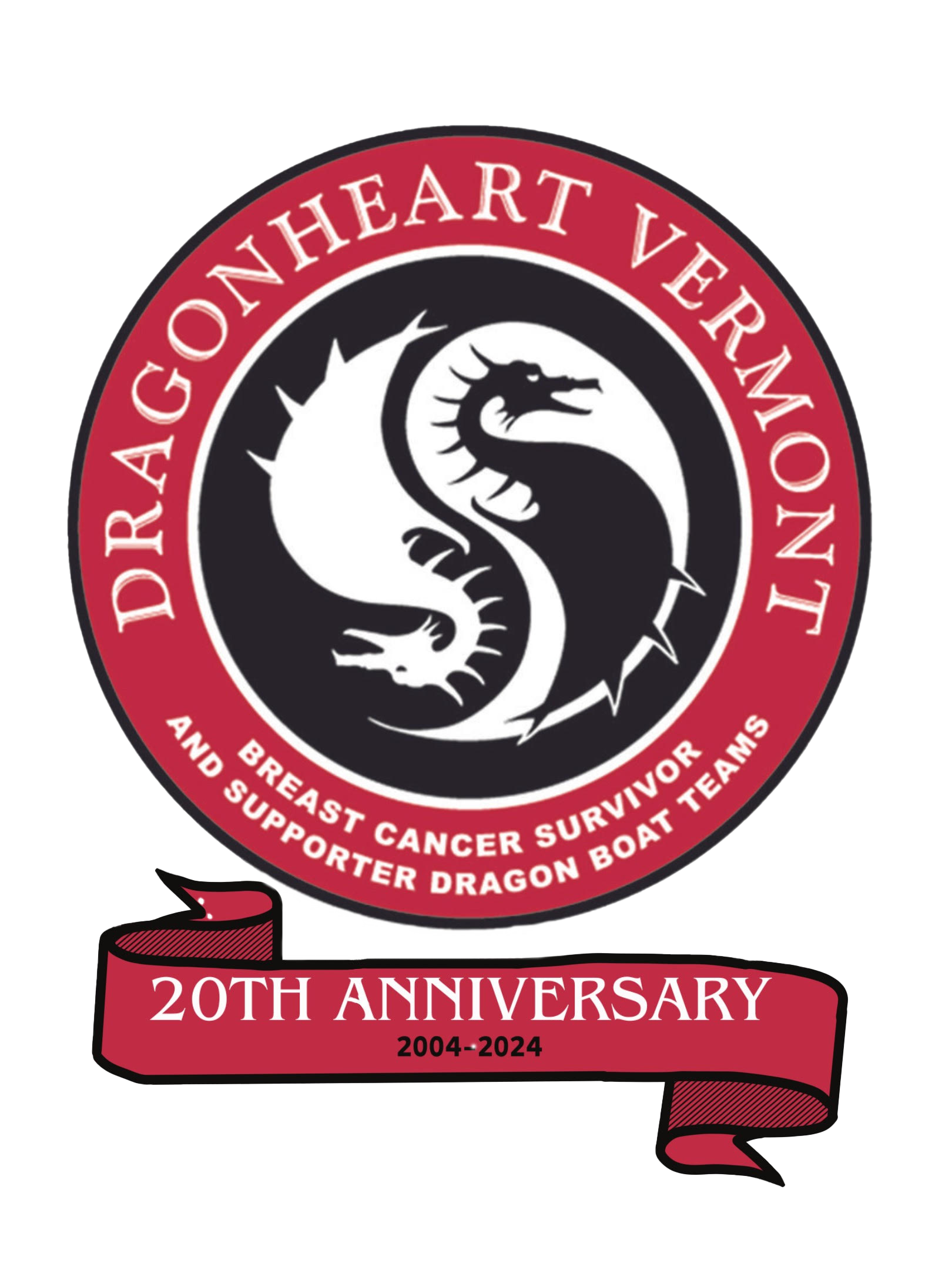Note: There is a possibility to order a Bote Non-inflatable PFD at bulk pricing. Need to contact Judy Kinner by April 7th.
Some things to consider when purchasing a Personnel Flotation Device.
When choosing a PFD, we need to consider our intended activity, and how strong our water skills are. For the sport of Dragon Boat, it is best to choose a PFD that is designed for paddling. Today there are many to choose from. An individual’s comfort with water skills will determine the type or amount of flotation to choose. This letter includes a short discussion on types of flotation devices, links to further information, examples of a few models and an opportunity to receive a discount on certain models. The intent is to give a brief overview, and to help guide an individual in selecting a PFD that meets the needs of an each user.
In the past, it was easy, we had a special deal to purchase a single type for all members. The company no longer makes that style. The significant discounts we have been able to arrange also seem to be gone. We have decided that each paddler can purchase a PFD that best suits their individual needs. IDBF and USDBF, our Dragon Boat umbrella organizations, do not require matching team PFDs. If you would like both a new paddle and a PFD but don’t want to buy both this season, I would look at buying the paddle first.
Thoughts on buying a PFD
When choosing a PFD there are multiple options to consider. Is the PFD US Coast Guard approved. Type of activity. Your level of water skills and comfort in the water. Where you plan on paddling, type of water, how soon you expect help and how far from shore.
DHVT strongly supports purchasing only Coast Guard approved Type II or iso-12402. Some PFDs listed on Amazon and other sites are not US Coast Guard or ISO approved. To complicate matters, the US Coast Guard is changing their classification system. They’re going to an international standard (iso-12402-50 to 150). The standard is iso-12402 with varying levels of support and flotation, the last 2 to 3 digits denotes level of flotation. 50 for moderate to strong swimmers when rescue is close by, 70 equals old standard type II pfd. A comparison of old and new standard can be found at the link below.
https://www.nrs.com/learn/us-coast-guard-pfd-approval-system
There are two basic types of PFD’s inflatable and non-inflatable.
Inflatable PFD’s should only be used by people comfortable in the water during an emergency. The paddler needs to be comfortable with inflating then adjusting the PFD in an emergency situation, whereas non-inflatable PFDs are ready to go, working immediately. Inflatables contain a CO2 cartridge that will either automatically or manually inflate a bladder giving the PFD its flotation ability. If you decide to purchase an inflatable PFD, it is your responsibility to know how it works. This includes what shape the bladder is, do you need to place it around your head? A popular style is the fanny pack or belt style. The smallest inflates to a pillow shape that you hold in front, some inflate to a horseshoe that you put around your head. Another inflatable is a U shaped or vest PFD that sits around your neck and attached to a belt around your waist. They inflate, in place already in position around your neck. However, some people find that the non-inflated PFD irritates the neck when paddling. Inflatables are nice in the summer, for strong swimmers, calm waters and quick rescue options.
Non-inflatable PFDs are warmer, nice on colder days and useful for those that don’t want to worry about the extra steps needed with an inflatable. The club always has the red ones in the shed. I still use them on cold windy days. Now days, there are many styles of non-inflatable PFDs. DHVT recommends PFDs made specifically for paddling sports as they are lighter weight and cut low on the sides to facilitate paddling. Some have zippers in front, others go over the head. Some have pockets, while others have no added features that add bulk. Paddling PFD’s are mostly Type II PFDs. They do not turn an unconscious person upright in the water. PFD’s that turn a person upright in the water (type I) are usually too bulky to paddle in.
Most paddlers would love to talk about their equipment. So if someone is wearing a PFD you are interested in, ask them about it. They may even let you try it out
Listed below are some links to quality PFDs. This is not a comprehensive list, the intent is to show you some options to aid in your own investigation. When you find a brand and style you like, shop around, often there are multiple prices for the same PFD. Check sites such as Amazon, Cabela’s, Dick’s Sporting Goods etc. Prices for the same item can vary as much as 50%.
- NRS makes the Ninja as well as other vests for paddlers. As of March 2024, they have some on sale. $88 to $169.
- Vaikobi has a paddling vest, I understand many paddlers in Florida use them.
- Onyx has a light weight inflatable belt. On their web site it is $109. This item can be found on Amazon for $59 to $79.
- Bote has some nice paddling vests. This is their non-inflatable PFD:
